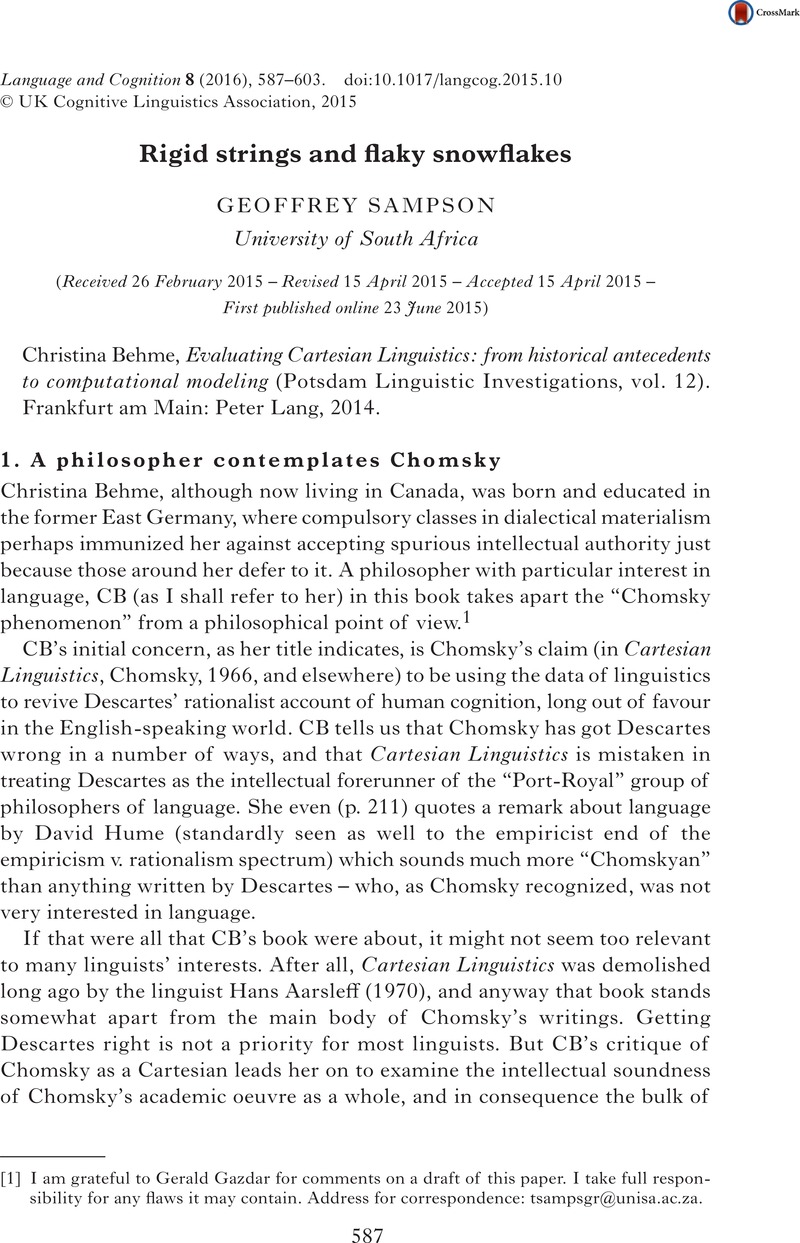Crossref Citations
This article has been cited by the following publications. This list is generated based on data provided by Crossref.
Sampson, Geoffrey
2017.
Morten H. Christiansen and Nick Chater. 2016. Creating Language: Integrating Evolution, Acquisition, and Processing
.
Language and Dialogue,
Vol. 7,
Issue. 2,
p.
277.
Cappelle, Bert
2024.
Can Construction Grammar Be Proven Wrong?.






